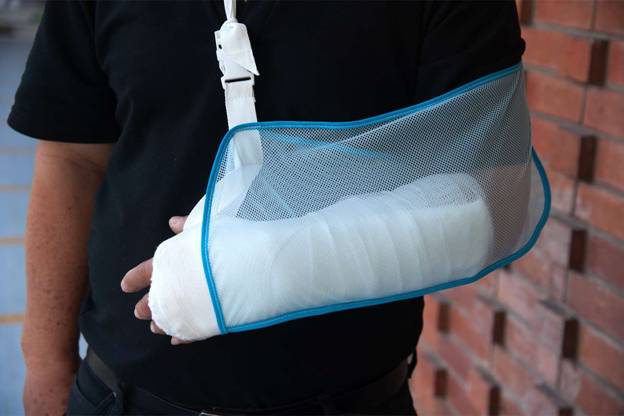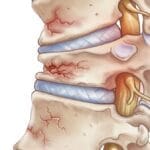When recovering from an arm injury, whether due to a fracture, sprain, or repetitive strain, rest plays a crucial role. While medical interventions such as physical therapy and surgery are often necessary, rest allows the body to heal naturally and effectively. The healing process requires time for tissues to repair, inflammation to subside, and the body to restore strength and functionality.
Why Rest is Critical for Recovery
- Tissue Repair and Regeneration
During physical activity or injury, microscopic damage occurs in the muscles, ligaments, and tendons. Rest is necessary to allow these tissues to repair and grow stronger. Without adequate rest, overuse of the injured arm can lead to further damage, increasing the recovery time. - Inflammation Reduction
After an injury, the body initiates an inflammatory response to begin healing. This process includes swelling and pain, which are natural reactions. Resting the injured arm helps the body manage inflammation, reducing the risk of developing chronic conditions like tendinitis or bursitis. - Energy Conservation
The body uses energy to repair damaged tissues and support immune functions during recovery. Engaging in strenuous activities while injured forces the body to divert energy away from healing. By resting, you ensure that your body has the resources it needs to focus on recovery. - Avoiding Complications
Ignoring the need for rest can lead to complications like overuse injuries, stress fractures, or chronic pain. Prolonged stress on an injured arm can result in conditions that are harder to treat, such as nerve damage or tendinopathy, extending recovery times significantly.
Rest Strategies for Different Arm Injuries
- Fractures
Resting after a bone fracture is vital to ensure proper alignment and healing. Immobilization in a cast or brace is often required for several weeks. During this time, the body creates new bone tissue to fuse the fracture site. - Tendon and Muscle Strains
For tendons and muscles, rest combined with gentle stretching can promote healing. Avoiding activities that aggravate the injury is crucial to prevent re-injury or the development of chronic conditions. - Joint Injuries
Rest is essential for joint injuries, such as dislocations or sprains, to prevent instability and promote healing. Physical therapy can be introduced after the initial rest period to regain range of motion and strength, but rest is the foundation for a successful recovery.
Frequently Asked Questions
How long should I rest after an arm injury?
The duration of rest depends on the severity of the injury. Minor strains may only require a few days of rest, while fractures or severe tears can take weeks to months. Your healthcare provider will give you specific guidelines based on your injury.
Is active recovery better than complete rest?
In some cases, active recovery involving light movement or gentle stretching can be beneficial after the initial phase of complete rest. This helps maintain circulation and prevents stiffness. However, it’s important to avoid activities that put stress on the injured area.
What happens if I don’t rest properly after an arm injury?
Skipping rest can lead to chronic pain, delayed healing, and an increased risk of re-injury. Overusing an injured arm before it has fully recovered can cause permanent damage to muscles, tendons, and bones.
Can I do any exercises during the rest period?
Low-impact exercises that do not strain the injured area may be permitted. Consult with your healthcare provider or physical therapist to determine safe activities. They may recommend exercises for other parts of the body to maintain fitness without compromising recovery.
How can I speed up recovery while resting?
In addition to resting, follow a nutritious diet rich in proteins and vitamins to support tissue repair. Ensure adequate hydration, and get plenty of sleep, as the body heals most effectively during rest. Physical therapy may also be recommended after the initial rest period to restore function.
Conclusion
Rest is a crucial element in the recovery process for arm injuries. By giving your body time to heal, you reduce the risk of complications and set the stage for a full recovery. Whether dealing with fractures, muscle strains, or joint injuries, adequate rest, combined with proper medical guidance, ensures the best possible outcome





